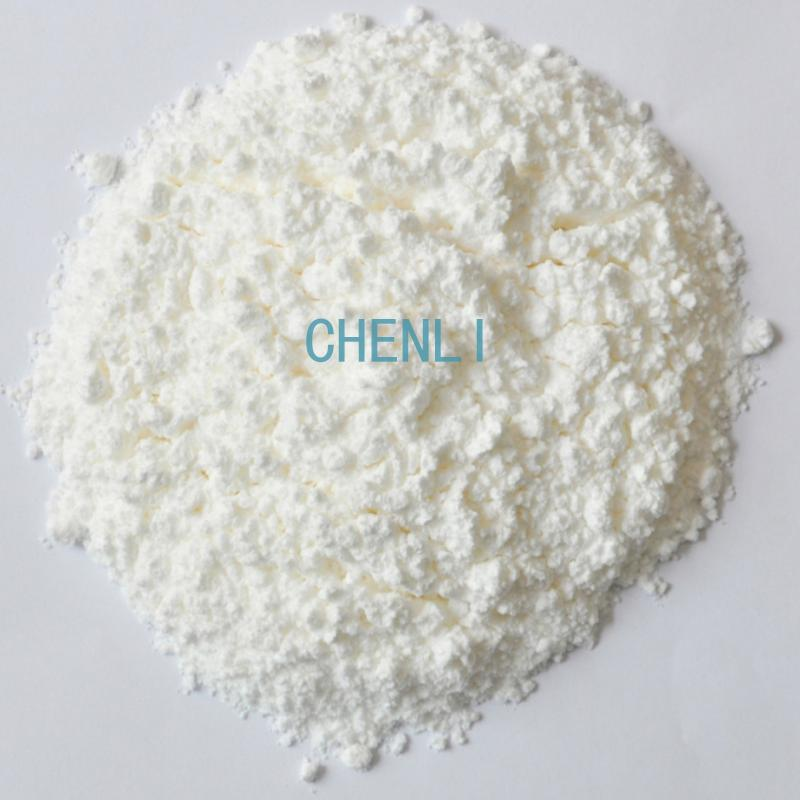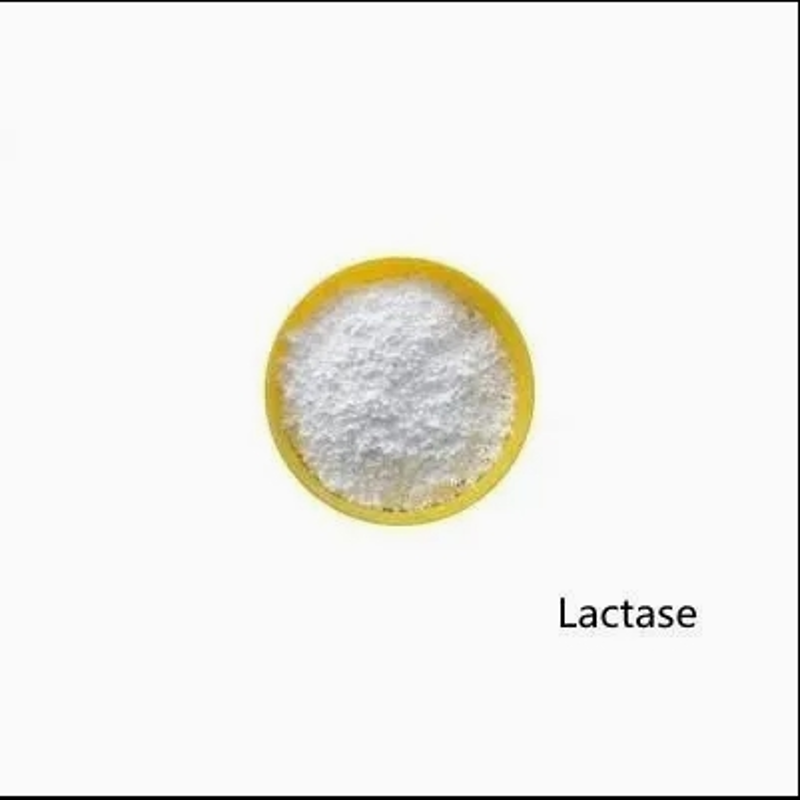-
Categories
-
Pharmaceutical Intermediates
-
Active Pharmaceutical Ingredients
-
Food Additives
- Industrial Coatings
- Agrochemicals
- Dyes and Pigments
- Surfactant
- Flavors and Fragrances
- Chemical Reagents
- Catalyst and Auxiliary
- Natural Products
- Inorganic Chemistry
-
Organic Chemistry
-
Biochemical Engineering
- Analytical Chemistry
-
Cosmetic Ingredient
- Water Treatment Chemical
-
Pharmaceutical Intermediates
Promotion
ECHEMI Mall
Wholesale
Weekly Price
Exhibition
News
-
Trade Service
According to the European Food Safety Authority (EFSA), the European Union Food Safety Authority (EFSA) recently issued a comment on the safety of a glucose oxidase (glucose oxidase) used in the baking process.
glucose oxidase is a food enzyme produced using genetically modified rice fructum.
safety of this glucose oxidase was assessed by a team of experts from the European Union Food Safety Authority.
expert group assessed that there was no safety issue with this glucose oxidase within the expected maximum usage range, which is expected to be 341mg TOS/kg body weight per day.
of the article is as follows: The food enzyme is a glucose oxidase (beta-D-glucose: oxygen 1-oxidoreductase; EC 1.1.3.4) produced with a genetically modified strain of Aspergillus oryzae strain NZYM‐KP by Novozymes A/S. The genetic modifications do not give rise to safety concerns. The food enzyme does not contain the production organism or DNA; therefore, there is no safety concern for the environment. The glucose oxidase is intended to be used in baking processes. based on the maximum use levels recommended and individual consumption data from the EFSA Comprehensive European Food Consumption Database, dietary exposure to the food enzyme-total organic solids (TOS) was estimated to be up to 0.156 mg TOS/kg body weight (bw) per day in European populations. The food enzyme did not induce gene mutations in bacteria or chromosome aberrations in human lymphocytes. The subchronic toxicity was assessed by means of a repeated dose 90‐day oral toxicity study in rodents. A no‐observed‐adverse‐effect level was derived (341 mg TOS/kg bw per day), which compared with the estimated dietary exposure results in a sufficiently high margin of exposure. The allergenicity was evaluated by comparing the amino acid sequence to those of known allergens and one match with a fungal contact allergen was found. The Panel considered that, under the intended condition of use, the risk of allergic sensitisation and elicitation reactions by dietary exposure cannot be excluded, but the likelihood is considered low. on the microbial source, the genetic modifications, the manufacturing process, the compositional and biochemical data, the investmented dietary exposure and the findings in the toxicological studies, the Paneled that this food enzyme does not give give rise to safety concerns under the designed conditions of the use. This article was edited by Food Partners Network Food Information Center, for the user's reference, welcome to reprint, reprint please indicate the source! If you have any questions, news@foodmate.net.
。







